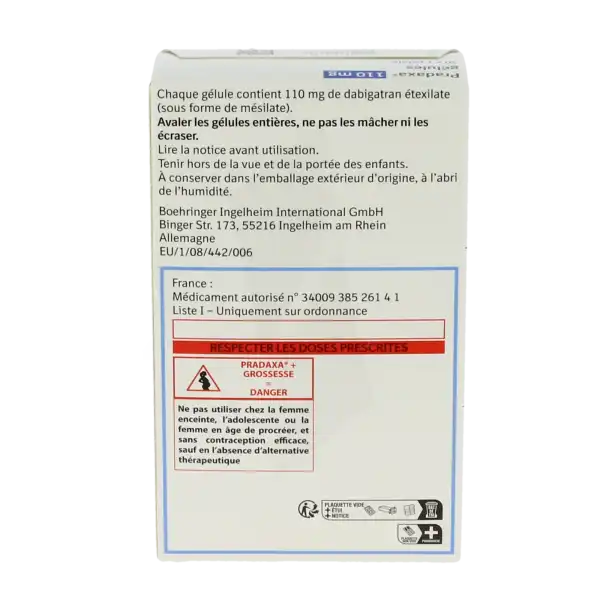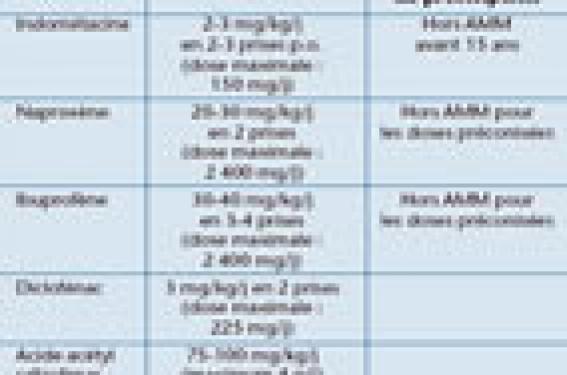In the medical field, the prescription of medications requires constant vigilance regarding possible side effects and specific contraindications. Dabigatran etexilate, marketed under the name PRADAXA, is an oral anticoagulant that plays a crucial role in the prevention of strokes and systemic embolisms, particularly in patients suffering from atrial fibrillation. However, its use is not without risk. It is essential to understand the adverse effects that may occur, ranging from hemorrhages of varying severity to rarer but equally concerning reactions. Additionally, certain absolute contraindications must be systematically considered before initiating treatment with dabigatran, especially in cases of severe renal insufficiency, aneurysm, or major vascular anomalies intracranially, to name just a few examples. A methodical and thoughtful approach is therefore indispensable in managing this therapy to ensure safety and efficacy for each patient.

Dabigatran is an oral anticoagulant often used in the treatment and prevention of thromboembolic events, including strokes (CVA) and systemic embolisms in patients with atrial fibrillation. As a medication of importance in the pharmacopoeia, it is crucial to understand not only its indications but also its potential side effects and the contraindications associated with its use.
Therapeutic Indications of Dabigatran
Primarily used to prevent blood clots, dabigatran is particularly beneficial for patients at risk of thrombosis. Its prescription is often considered when the risks of thromboembolic complications exceed the risks of bleeding. Physicians assess the patient’s health, including their renal function, before initiating this treatment.
The standard dosage of dabigatran is 150 mg or 110 mg, depending on the patient’s profile and renal function. It is essential to check the creatinine clearance before starting treatment, given that dabigatran is contraindicated in patients with a clearance lower than 30 mL/min.
Side Effects of Dabigatran
Like any medication, dabigatran can cause adverse effects. The most common include hemorrhages, which can present in various forms: bruising, nosebleeds, or gastrointestinal bleeding. These complications can occur particularly if the medication is administered to patients with additional risk factors, such as advanced age or a history of bleeding disorders.
It is also possible to observe effects related to gastrointestinal function, such as abdominal pain or digestive disorders. Additionally, acute renal insufficiency is a significant complication observed in some patients, requiring careful monitoring and sometimes the discontinuation of treatment with dabigatran.
Contraindications to Treatment with Dabigatran
Adherence to contraindications is paramount to ensure the safety of patients taking dabigatran. Among the elements to consider are: breastfeeding, the presence of an aneurysm, and major intracranial vascular anomalies. These situations represent increased risks that warrant a therapeutic alternative.
In cases of surgical interventions or invasive procedures, patients on dabigatran face an increased bleeding risk, necessitating careful evaluation prior to any intervention. Practitioners must also consider the concurrent use of other anticoagulants or antiplatelet agents, which may interact with dabigatran and elevate the risk of adverse effects.
For more information on precautions to take, you may refer to resources such as the medicine guide and the recommendations from social security.










